It was 40 years ago that Roy Rowan heard the surprising song coming through the radio in Saigon. Rowan was in the city as a correspondent covering the Vietnam War for TIME. It had been clear for weeks that the end of the war was imminent. But, until that moment, hearing a Christmas song in April, it hadn’t been clear just how soon the end would come.
“The ending was very dramatic, as everybody knows,” Rowan recalls. “The signal to evacuate was ‘White Christmas.’ I remember waking up at 3:00 in the morning and hearing ‘White Christmas’ and wondering what the hell it was going to be like trying to walk out of this place.”
Rowan is now 95, but his memory of that day is sharp. The details he summons 40 years later match those he related in the pages of TIME during those hectic weeks in 1975: the sound of the shelling, the fear of the approaching army, the sight of Tan Son Nhut airport fading away into the distance as he and his colleagues choppered away.
After a war that dragged on for years, it all happened quickly. Less than two months before, the communist forces of North Vietnam attacked in the highlands north of Saigon. The decision by the Southern forces to withdraw from that area backfired as the North continued to advance. Amid political turnover in Saigon, ceasefire proposals were rejected. The North would not rest until the Americans were gone. On April 28, the airport came under fire; President Gerald Ford made the decision to launch Operation Frequent Wind, the emergency evacuation of all Americans.
The Last 48 Hours of the Vietnam War in Photos
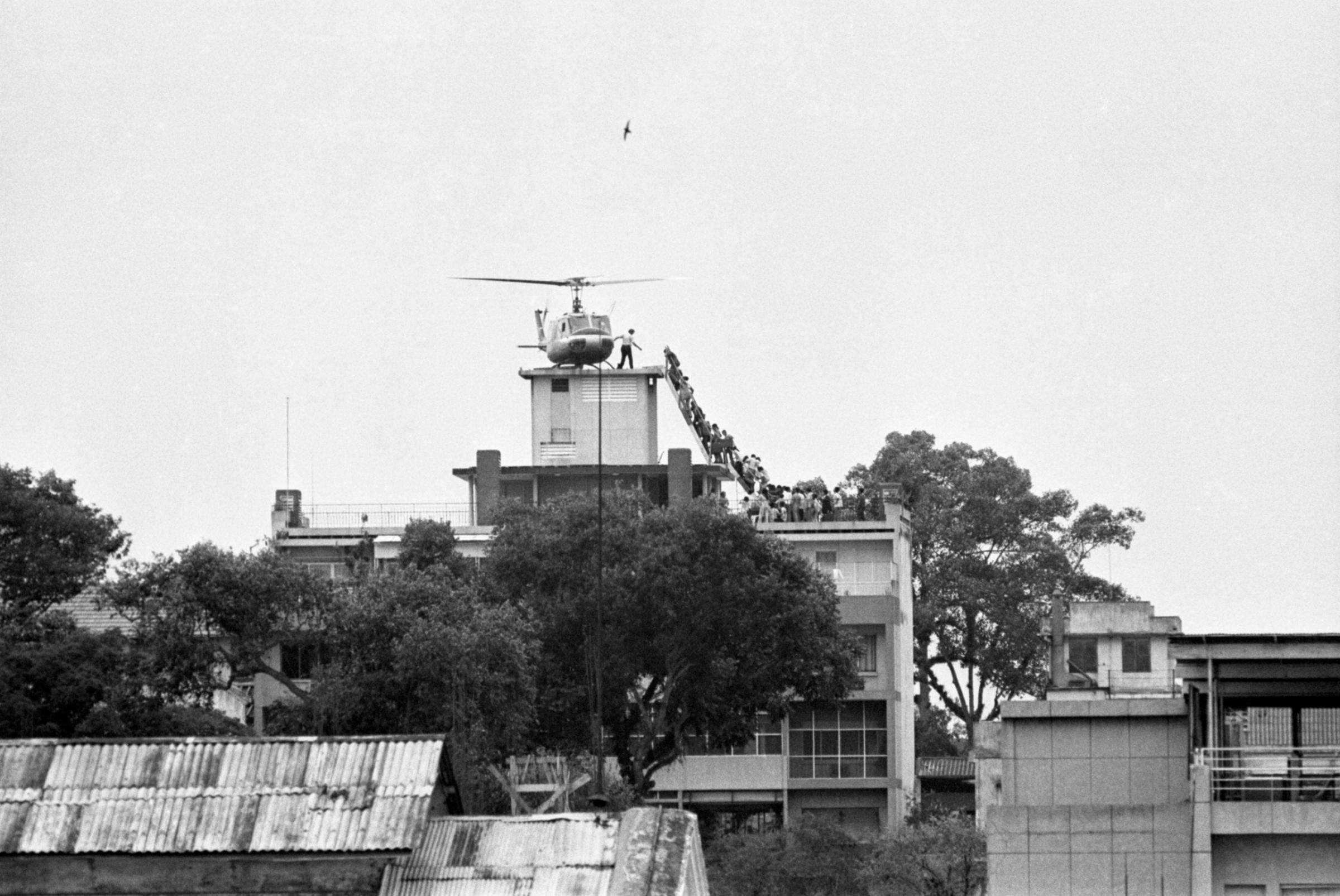
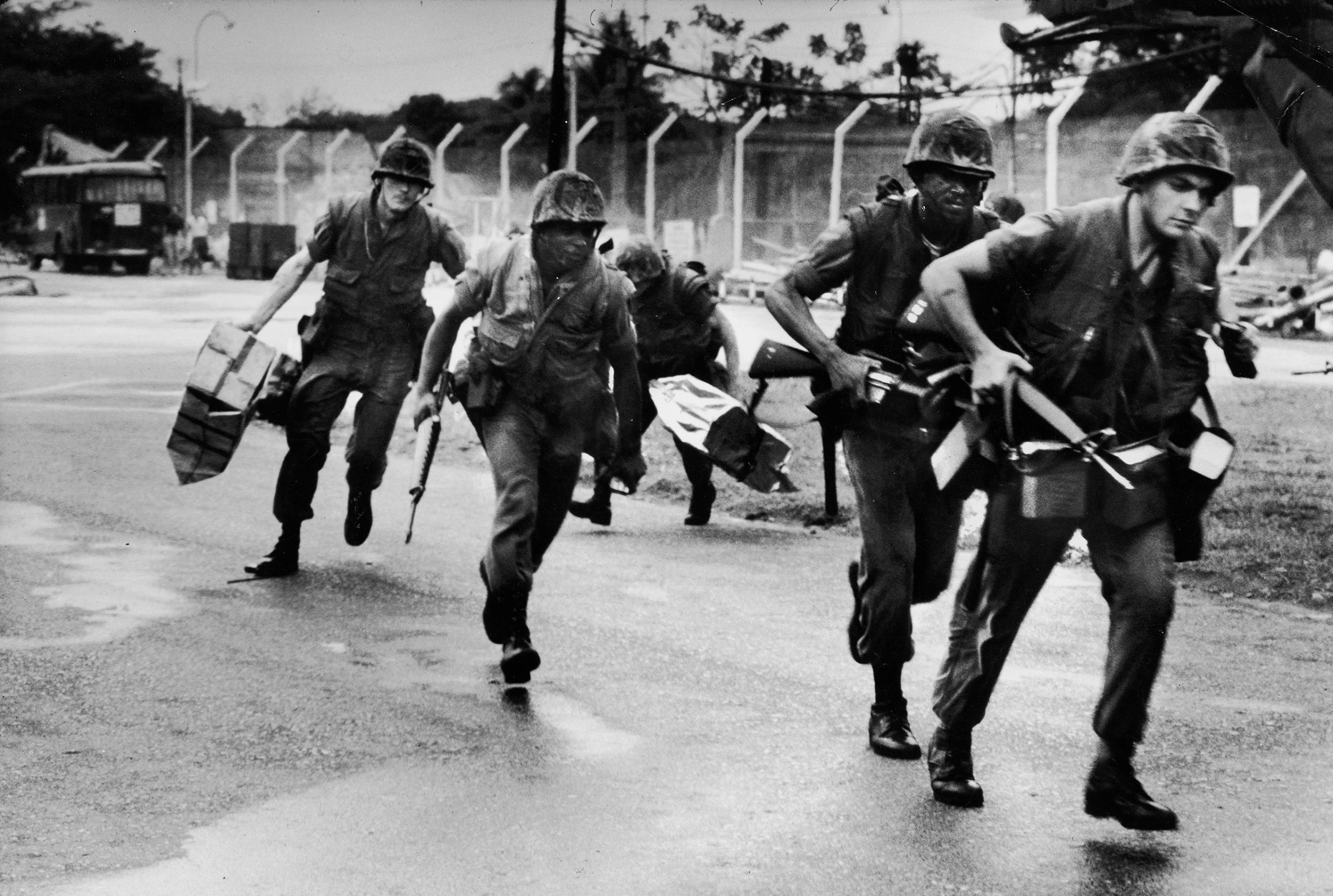







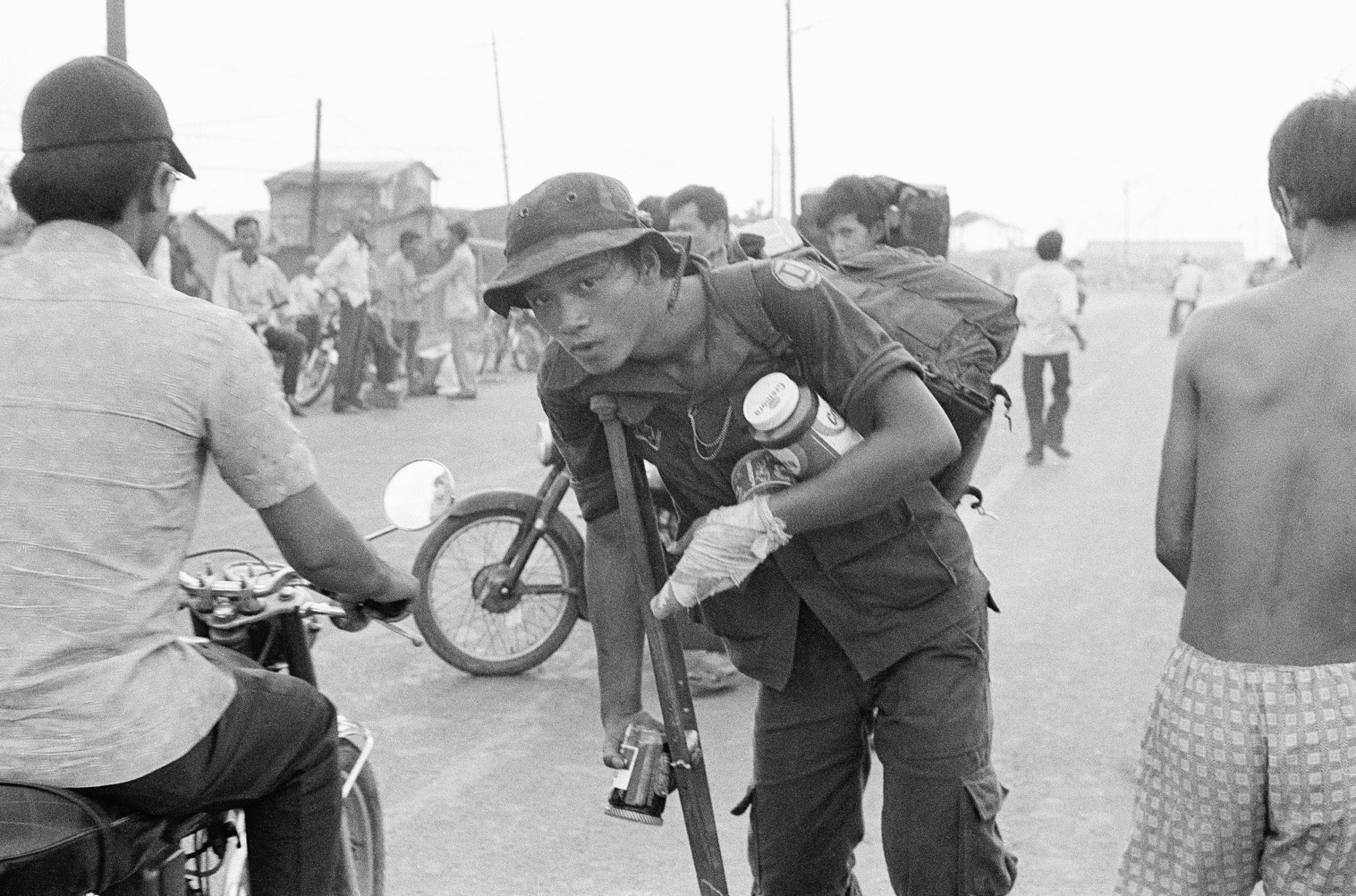




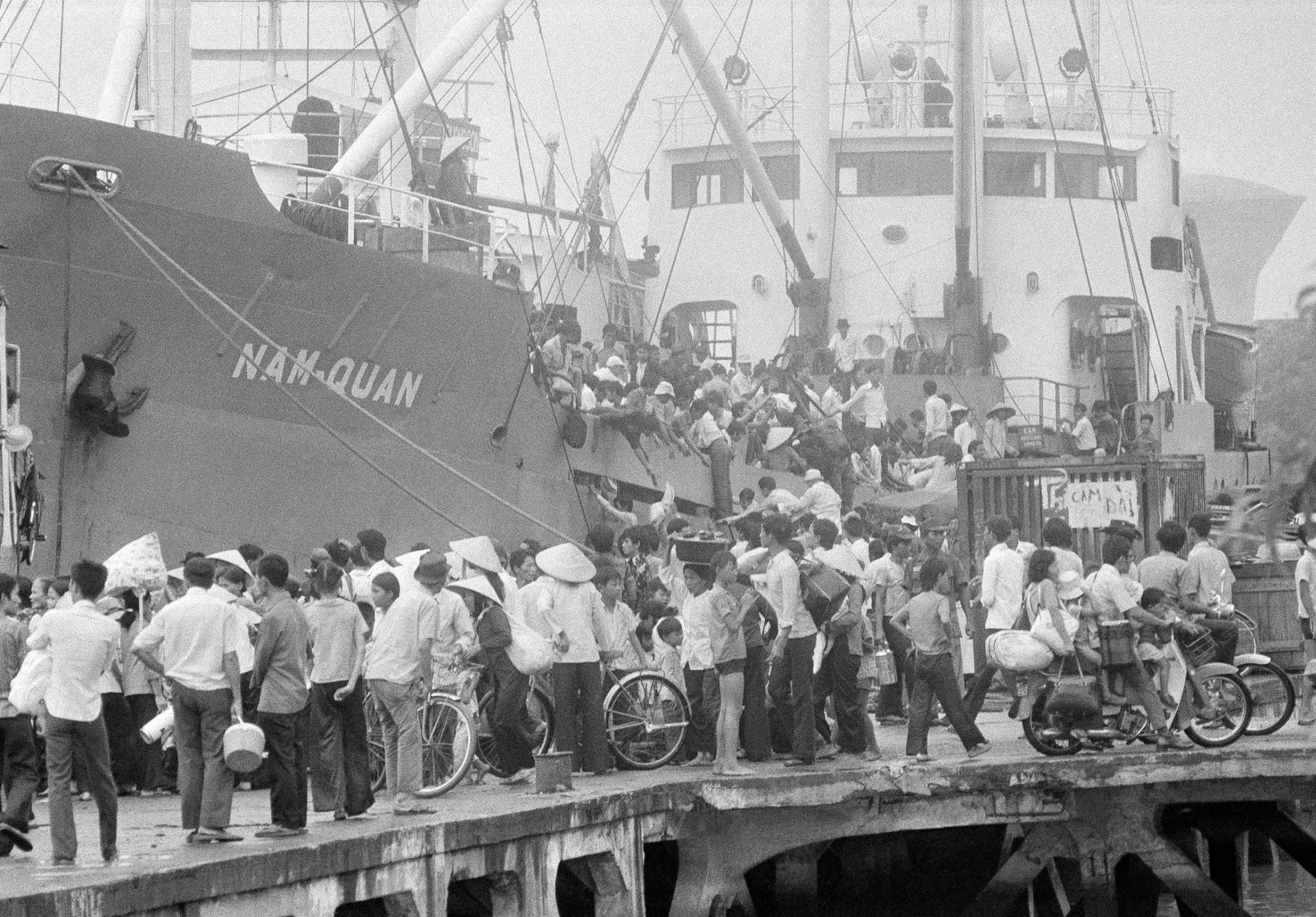
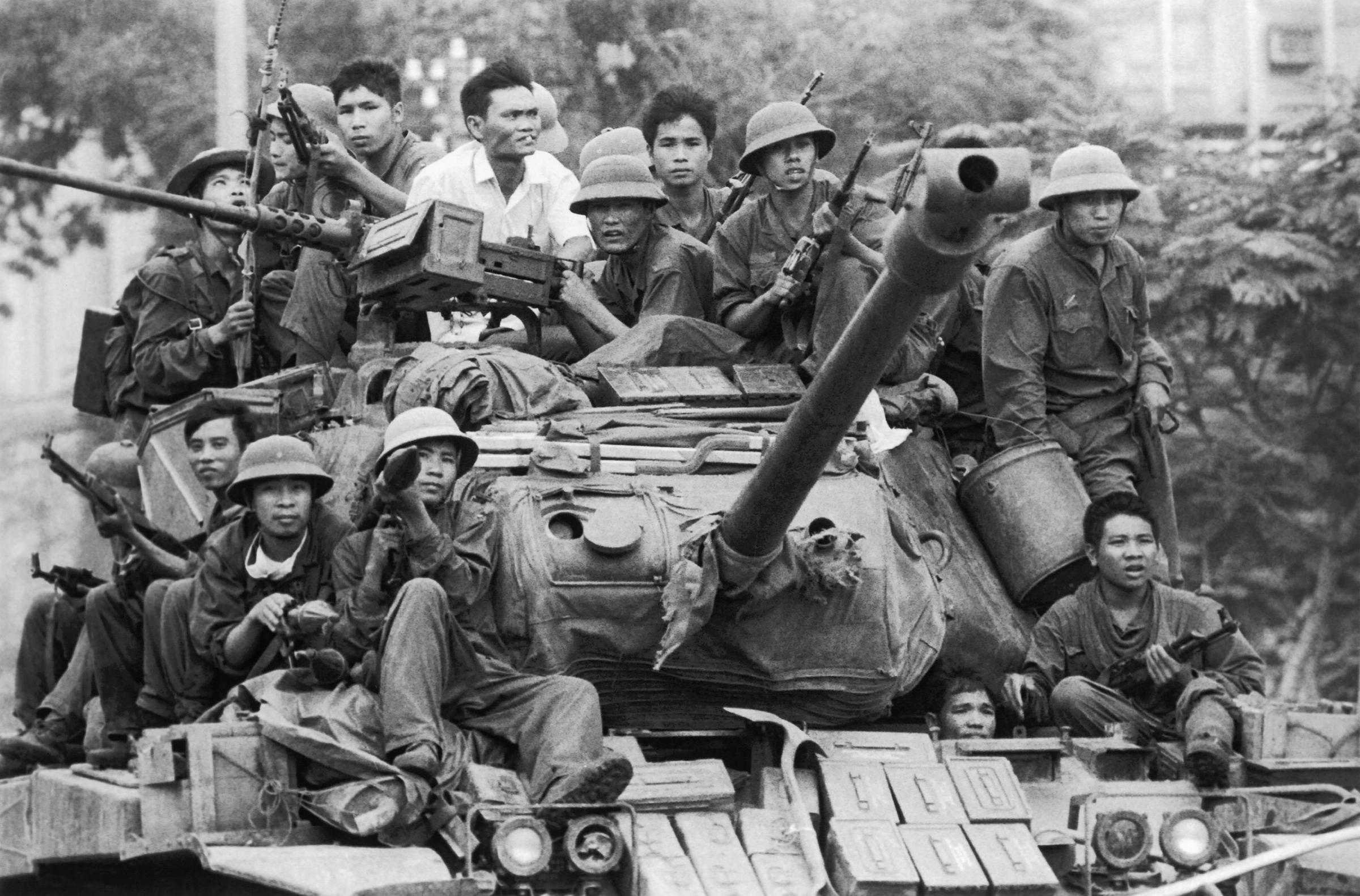
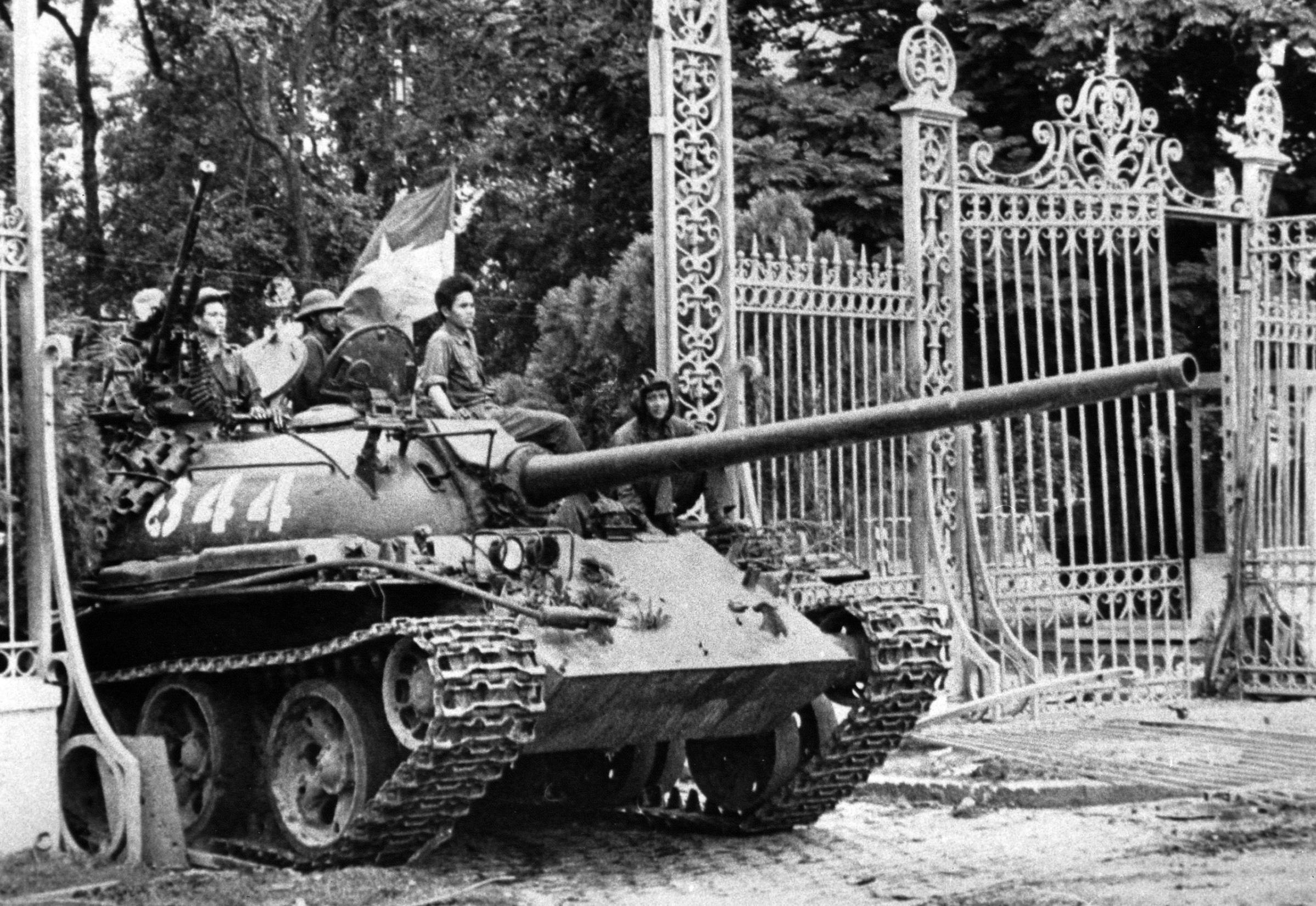
In those few weeks of warning, TIME had worked to evacuate its Vietnamese staffers, who might have faced retribution if they were left behind. It took until the last week for them and their families to get out — twice the plan had been cancelled, and Secretary of State Henry Kissinger had gotten directly involved. (Pham Xuan An was the only staffer to stay behind.) Saigon bureau chief Peter Ross Range got out around the same time.
“When the end came, it came with stunning swiftness,” Range, now 73, says, “but it was not a total surprise to most of us.”
That left Rowan, correspondent Bill Stewart, and photographers Dirck Halstead and Mark Godfrey to be evacuated on the last day. Hearing the signal to evacuate, they made their way out of the Continental Palace Hotel and to an assembly point nearby, under the watchful eye of the armed militiamen whom they were leaving behind. They ended up at the airport, under Marine guard, waiting for the word that the helicopters were ready. Later, safely on board the U.S.S. Mobile, Rowan sent the magazine a cable, which ran under the headline “This Is It! Everybody Out!”:
Just as our group of 50 prepared to leave, that rule was changed to make way for more passengers: the Marine at the door shouted, “No baggage!” Suitcases and bags were ripped open as evacuees fished for their passports, papers and other valuables. I said goodbye to my faithful Olivetti, grabbed my tape recorder and camera and got ready to run like hell. The door opened. Outside I could see helmeted, flak-jacketed Marines—lots of them —crouched against the building, their M16s, M-79 grenade launchers and mortars all at the ready.
We could view the whole perimeter.
There was a road leading to a parking lot, and on the left was a tennis court that had been turned into a landing zone.
Two Sikorsky CH-53 Sea Stallions were sitting in the parking lot. I raced for it. Marines, lying prone, lined the area, but they were hard to see because their camouflaged uniforms blended with the tropical greenery. I almost stepped on a rifle barrel poking out from under a bush as I entered the lot.
The Sea Stallion was still 200 ft. away, its loading ramp down and its rotors slashing impatiently. Fifty people, some lugging heavy equipment despite the order to abandon all baggage, piled in, one atop another: correspondents, photographers and Vietnamese men, women and children. The loadmaster raised the ramp, the two waist gunners gripped the handles of their M16s, and, with about a dozen passengers still standing like subway straphangers, the helicopter lifted off.
The confusion of the war had dissipated, leaving one indisputable fact: the U.S. was no longer in Vietnam. “Perhaps appropriately,” the magazine noted, “the American goodbye to Viet Nam was the one operation in all the years of the war that was utterly without illusion.”
On the morning of April 30, 1975—exactly 40 years ago—the last U.S. helicopter lifted off and South’s President Minh surrendered unconditionally. That afternoon, the surrender was accepted. Word came from the Provisional Revolutionary Government: Saigon was liberated, and Saigon was no more. It would be known as Ho Chi Minh city, and it was theirs.
Read the full 1975 cover story package about the end of the war and the fall of Saigon, here in the TIME Vault: The Last Grim Goodbye
More Must-Reads From TIME
- The 100 Most Influential People of 2024
- The Revolution of Yulia Navalnaya
- 6 Compliments That Land Every Time
- What's the Deal With the Bitcoin Halving?
- If You're Dating Right Now , You're Brave: Column
- The AI That Could Heal a Divided Internet
- Fallout Is a Brilliant Model for the Future of Video Game Adaptations
- Want Weekly Recs on What to Watch, Read, and More? Sign Up for Worth Your Time
Write to Arpita Aneja at arpita.aneja@time.com and Lily Rothman at lily.rothman@time.com